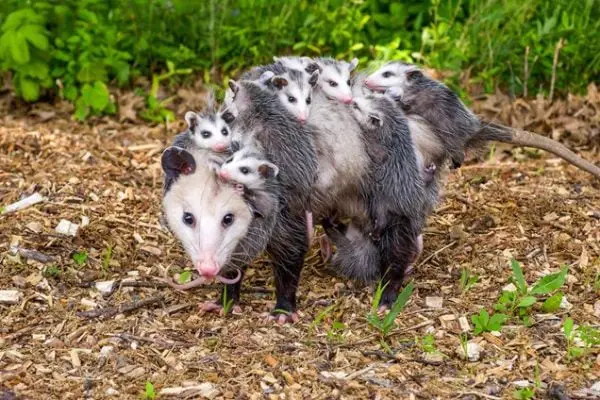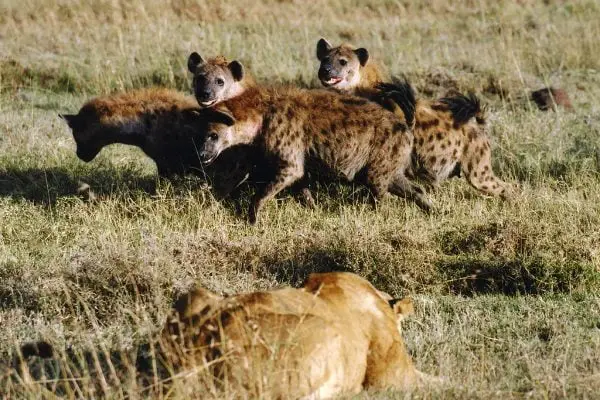Hornets, with their distinctive black and yellow bodies and their intimidating buzzing, often evoke feelings of both fascination and trepidation. These social insects, closely related to wasps and bees, exhibit complex behaviors within their colonies. Beyond the sting lies a fascinating world of social organization, communication, and collective action, reflected in the diverse collective nouns used to describe them.
Collective Nouns for Hornets
Unlike some creatures with singular collective nouns, hornets boast a diverse vocabulary, each term reflecting the specific context and group dynamics:
- Nest: This fundamental term signifies the physical structure where a large group of hornets reside and raise their young. It evokes a sense of shared space, collective purpose, and intricate organization within these buzzing communities.
Example: High up in the branches of the old oak tree, a nest of hornets buzzed with activity. Worker hornets returned with food, while others tended to the pupae within, showcasing the intricate social structure and coordinated efforts within the colony.
- Colony: This term emphasizes the social structure of hornets, highlighting their cooperative living arrangement and interdependence within the nest. It evokes a sense of collective effort, shared resources, and the complex hierarchy present within these social groups.
Example: Throughout the summer, the colony of hornets thrived. Led by a single queen, the colony worked tirelessly to gather food, build the nest, and ensure the survival of the next generation.
- Bike: This informal and unique term, often used colloquially, describes a group of hornets flying together in a tight, coordinated formation. It evokes a sense of swiftness, synchronized movement, and the focused purpose of this group flight.
Example: As the sun dipped below the horizon, a bike of hornets zipped through the twilight sky, their synchronized movements and shared direction suggesting they were returning to the nest after a successful foraging expedition.
- Swarm: This term, often associated with bees, can also be used to describe a large, loosely organized group of hornets flying together. It evokes a sense of abundance, movement in a specific direction, and the collective energy of this group.
Example: Disturbed by the sudden movement, a swarm of hornets erupted from the entrance of the nest, their buzzing wings and collective movement creating a sense of urgency and potential threat.
Interesting Facts About Hornets
Understanding these collective nouns deepens our appreciation for the complex lives of hornets. But venturing deeper reveals their fascinating social structure, ecological role, and the challenges they face:
Masters of Cooperation: Hornets exhibit remarkable social organization within their colonies. With a defined hierarchy, each member plays a specific role, from foraging for food to caring for the young and defending the nest.
Beneficial Pollinators: While often feared for their stings, hornets do play a crucial role in the ecosystem. They are predators of other insects, helping to control populations of garden pests and maintaining ecological balance. Additionally, they contribute to plant pollination as they search for nectar for food.
Facing Threats: Habitat loss, the use of pesticides, and human disturbance pose significant threats to hornet populations. Promoting sustainable practices, protecting their habitats, and fostering a deeper understanding of their ecological contributions are crucial for ensuring their continued existence.
Complex Communication: Hornets utilize a sophisticated communication system using pheromones, sounds, and body language. This complex communication allows them to share information about food sources, potential threats, and colony needs.
Final Thoughts
From the bustling “nest” buzzing with activity to the synchronized “bike” soaring through the sky, the diverse collective nouns for hornets offer a glimpse into their multifaceted lives and vital role in the ecosystem. While caution is necessary when encountering these creatures, understanding their social complexity, ecological contributions, and the challenges they face fosters respect and appreciation for the intricate symphony of life that surrounds us.
Also Read:






